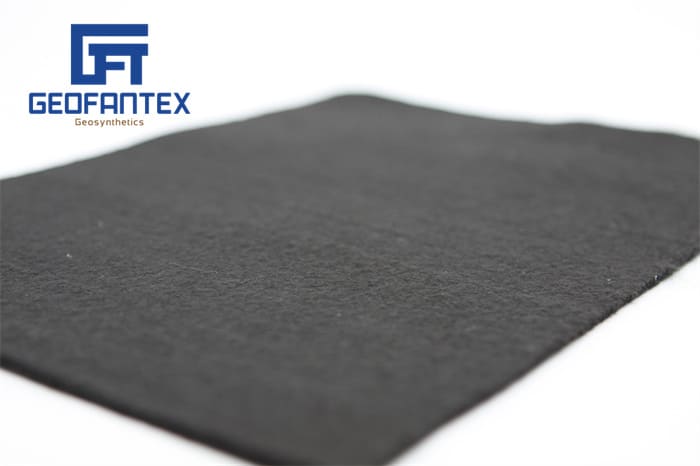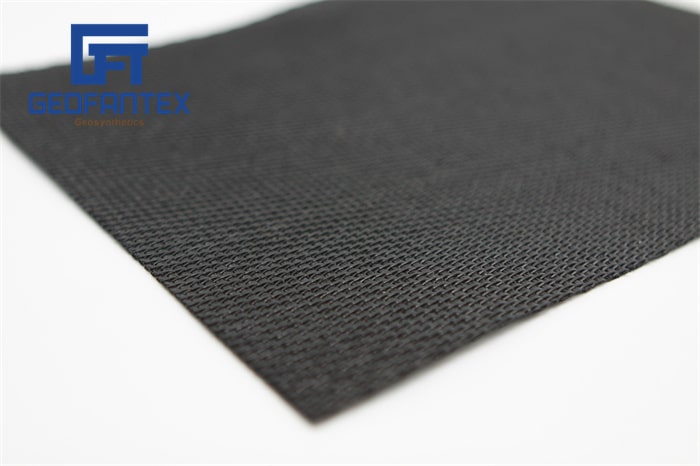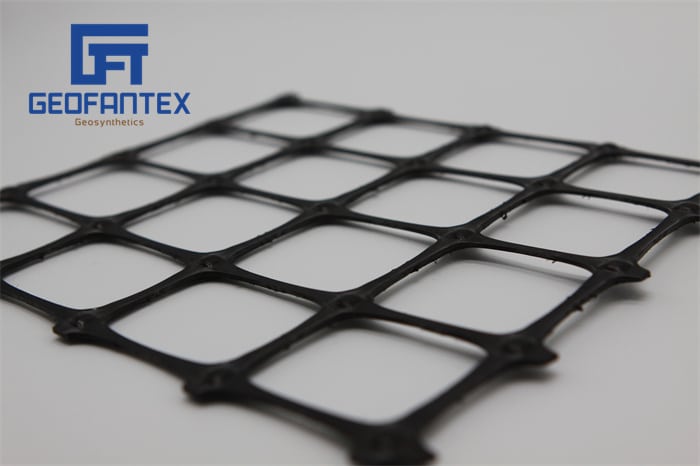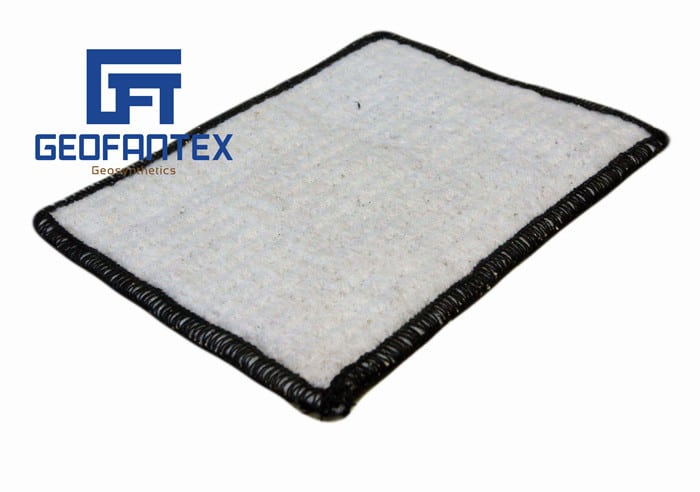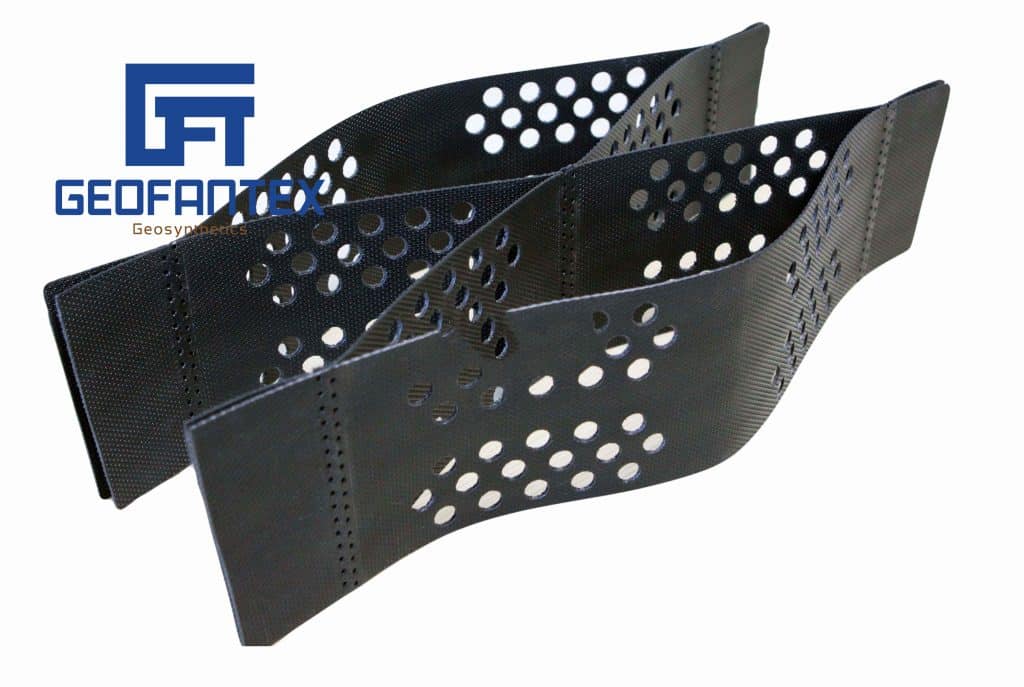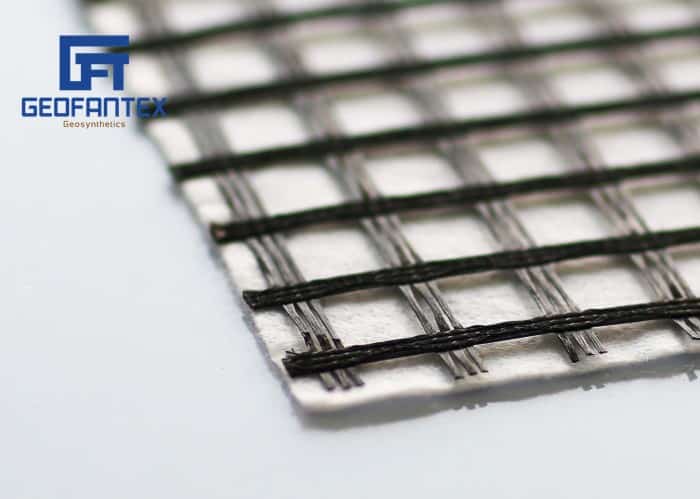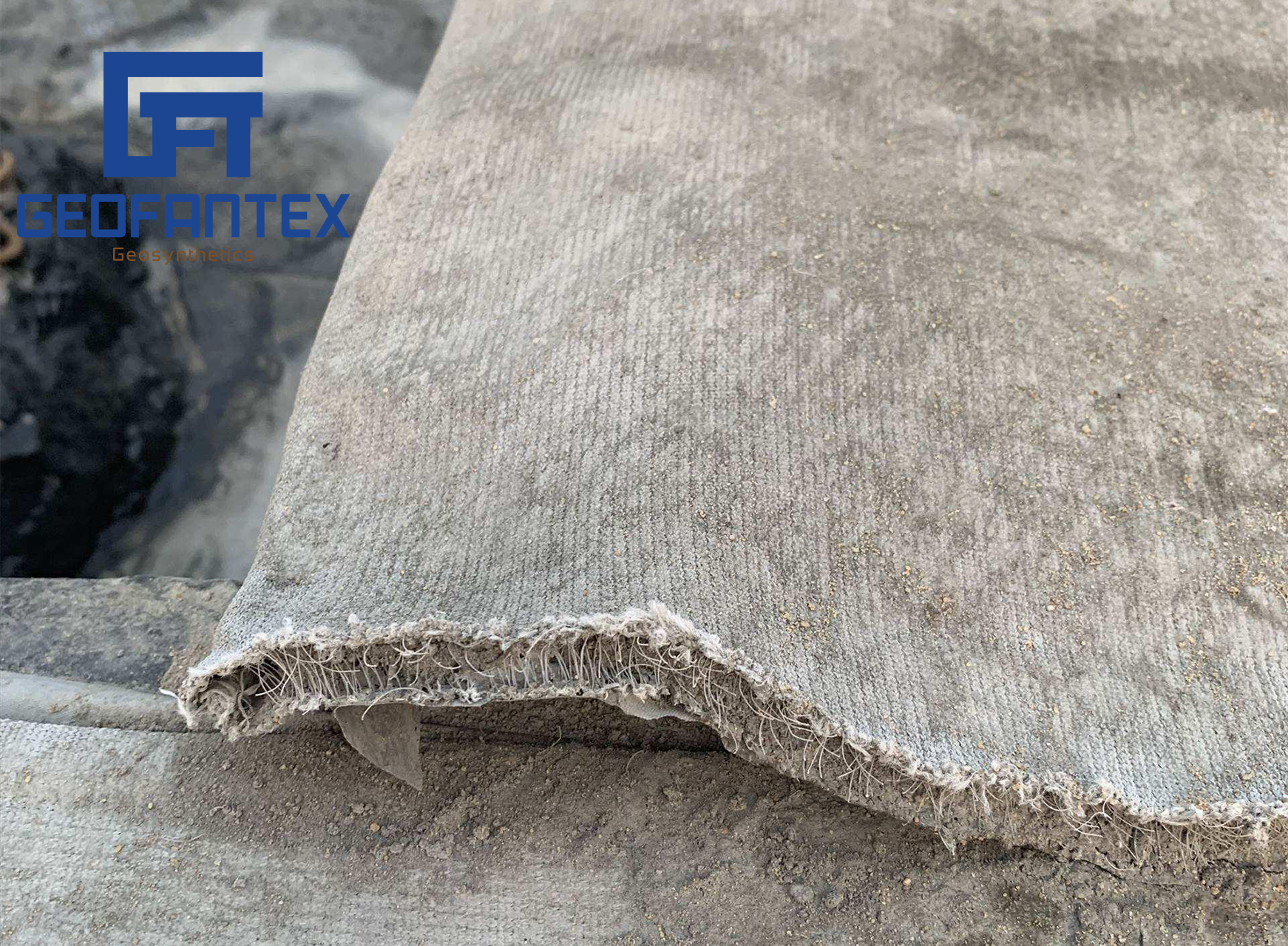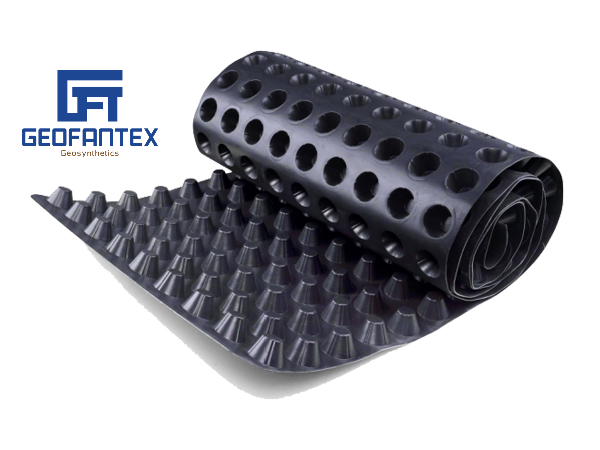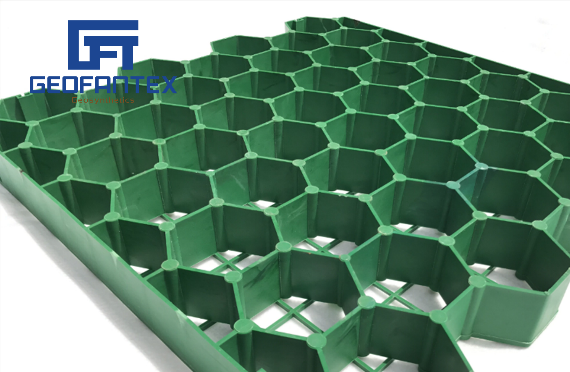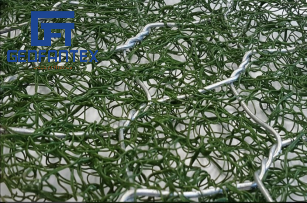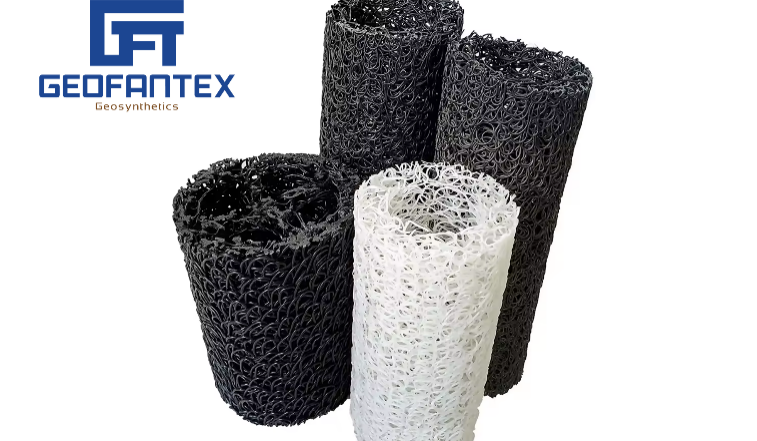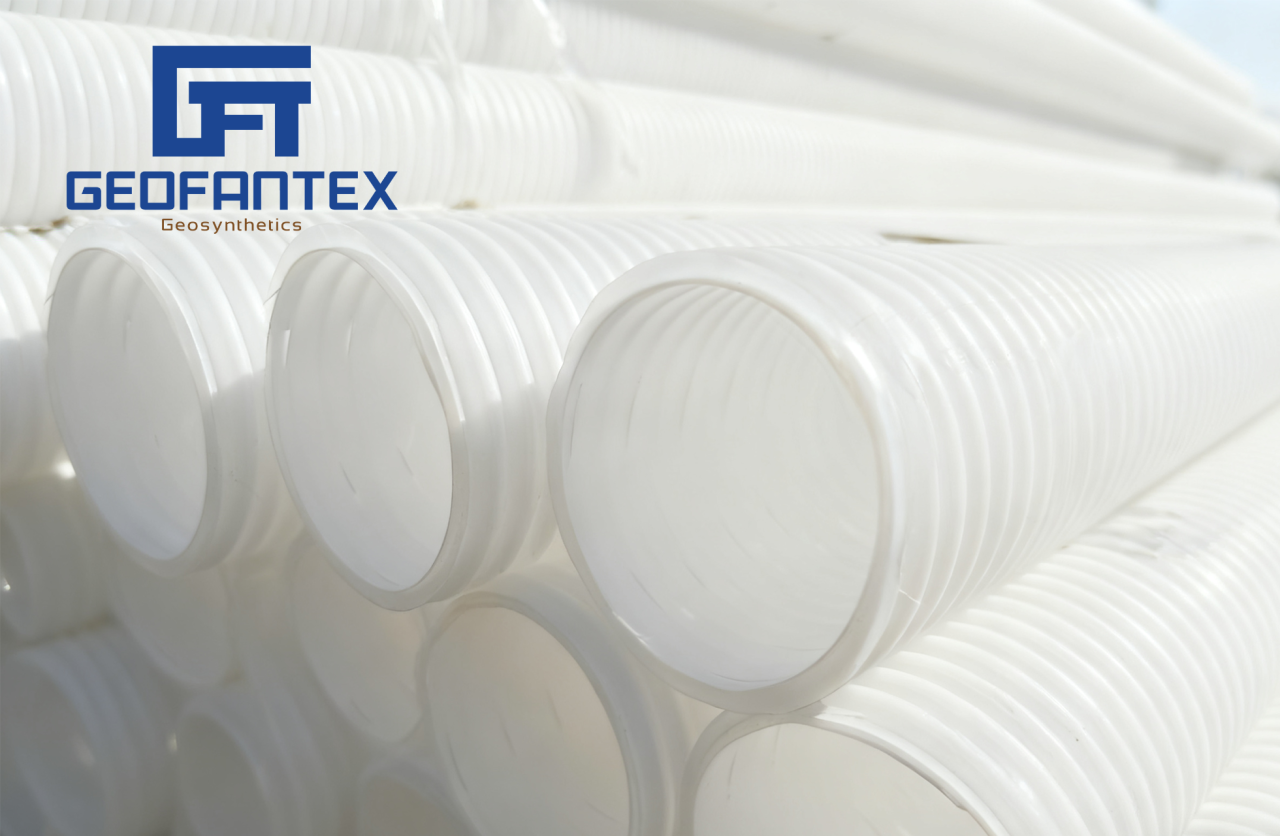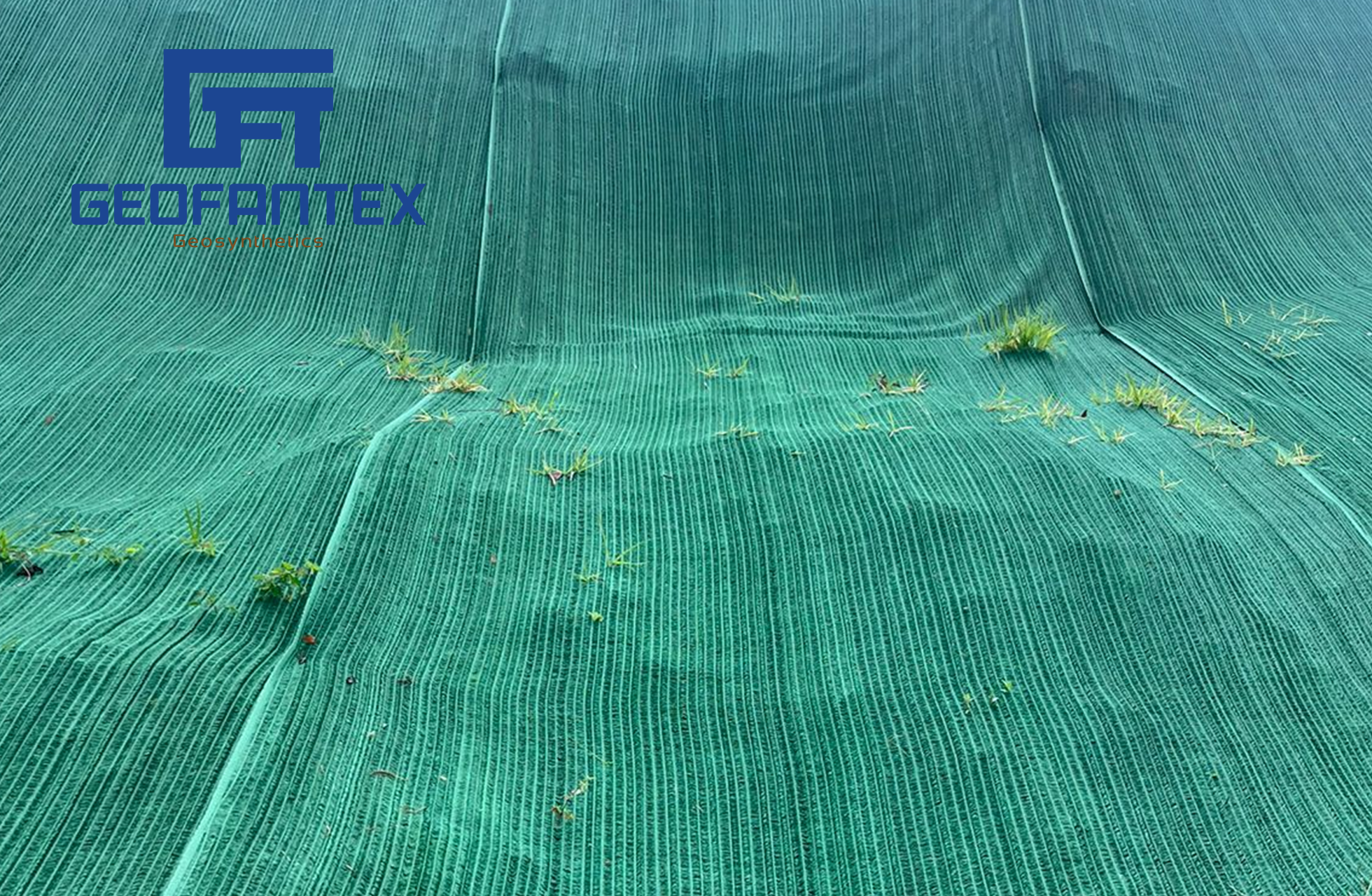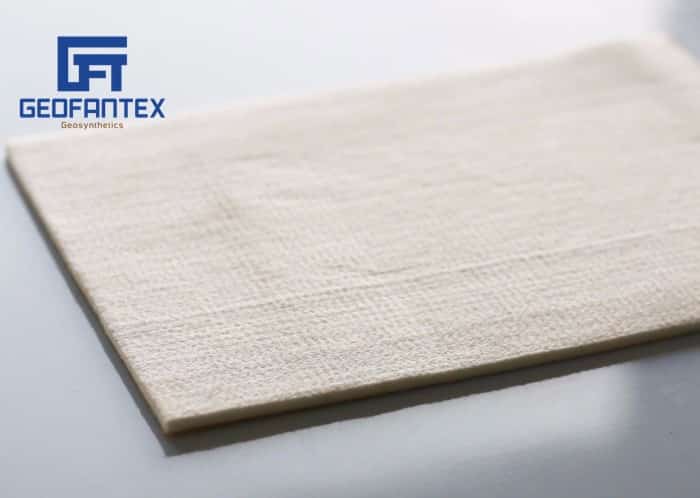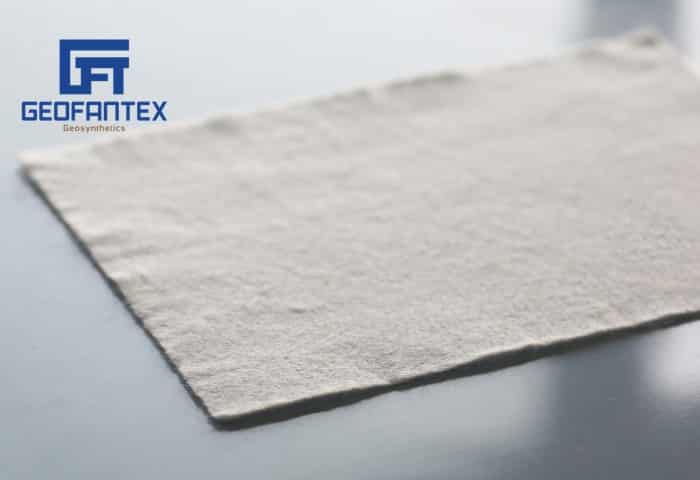+86-159 9860 6917
info@geofantex.com
geofantex@gmail.com
+86-400-8266163-44899
Geocomposite wall drains are an essential part of modern construction and civil engineering projects, offering a reliable solution for managing water drainage. These systems combine various materials to provide an efficient and cost-effective way to channel water away from structures, such as retaining walls, basements, and foundations. By improving drainage, geocomposite wall drains help protect against water damage and reduce the risk of structural deterioration. In this article, we’ll answer common questions about geocomposite wall drains, including their structure, materials, and benefits.
What is a geocomposite wall drain?
A geocomposite wall drain is a drainage system made of a combination of geosynthetics, typically a drainage core (such as a geonet or cuspated plastic sheet) bonded with a geotextile filter layer, designed to manage water behind retaining walls or foundations.
- Function: It collects and channels water away from structures, reducing hydrostatic pressure and preventing wall failure.
- Composition: Usually consists of a drainage core that provides high flow capacity and a geotextile that acts as a filter to prevent soil particles from clogging the system.
- Applications: Commonly used behind retaining walls, basement walls, bridge abutments, and other vertical structures requiring efficient drainage.
- Advantages: Lightweight, easy to install, and more effective than traditional gravel drains due to higher flow rates and reduced maintenance.
- Real-life use: Often installed in large commercial projects, highway retaining walls, and urban infrastructure to ensure long-term wall stability.
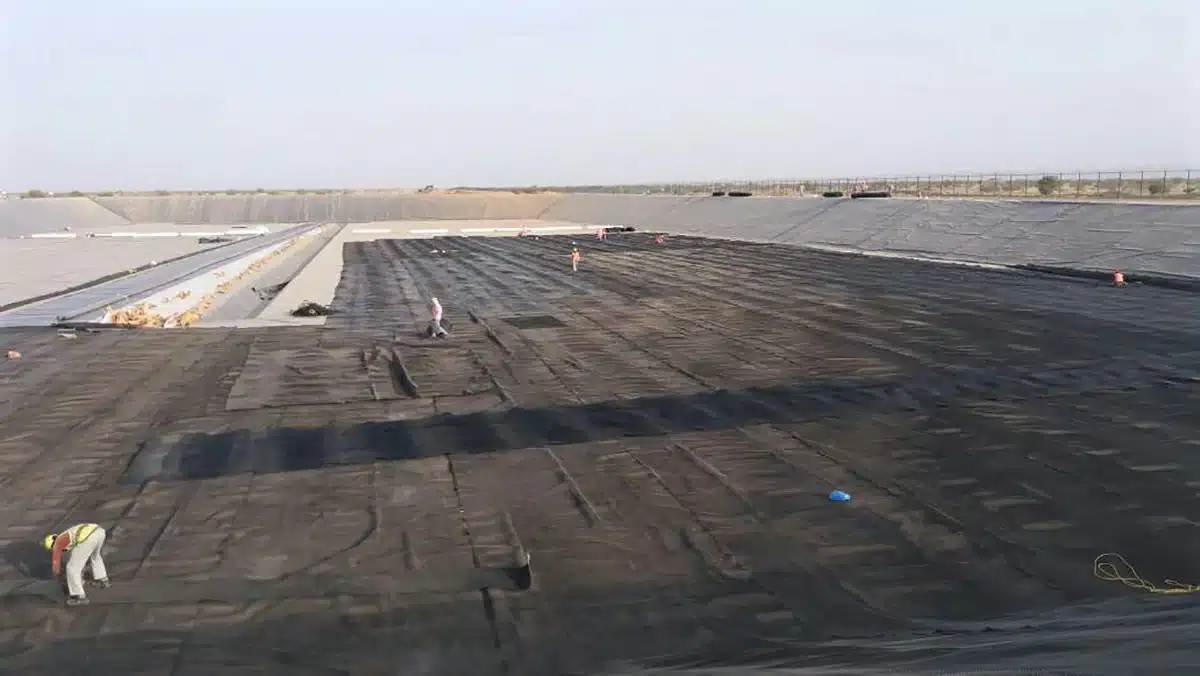
What is a geocomposite drainage layer?
A geocomposite drainage layer is a component of geocomposite drainage systems used in various civil and environmental engineering applications. Structured to complement or replace sand, stone, and gravel to act as drainage, filtration, separation, and barrier protection, this layer typically consists of a geotextile combined with a drainage core. The geotextile acts as a filter, while the drainage core, often made from a polymer, provides an efficient pathway for water to move away from the structure. This drainage layer can be applied in walls, roofing systems, and below-ground structures to prevent water accumulation and manage hydrostatic pressure.
What is geocomposite material?
Geocomposite material refers to a factory-fabricated geosynthetic product consisting of a combination of two or more geosynthetic materials like geotextiles, geogrids, geonets, and/or geomembranes used together to enhance the performance of a drainage or reinforcement system. In geocomposite wall drains, these materials often include a geotextile (for filtration) and a drainage core (for fluid movement). The combination of materials maximizes the benefits of both components—filtering out debris while promoting water flow—making geocomposites highly effective in drainage, reinforcement, and barrier applications.
How thick is a geocomposite wall drain?
The thickness of a geocomposite wall drain can vary depending on the specific application and design requirements. However, most geocomposite wall drains typically range between 4 mm to 10 mm in thickness. The thickness is determined by the type of drainage core and the amount of water the system needs to handle. Thicker drains are generally used in areas requiring higher drainage capacity, such as behind large retaining walls or in regions with heavy rainfall.
Geocomposite wall drains offer an efficient solution for managing water flow and preventing water-related damage to structures. Combining geotextile fabrics with drainage cores, these systems provide effective filtration and drainage in one compact design. Whether used in retaining walls or foundation drainage, geocomposite materials play a critical role in ensuring the long-term durability of construction projects. Their versatility, efficiency, and adaptability make them an indispensable tool in modern civil engineering.



Get Free Sample
We’ll respond as soon as possible(within 12 hours)

